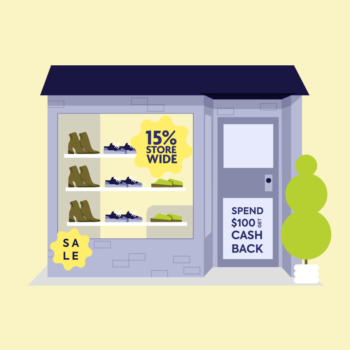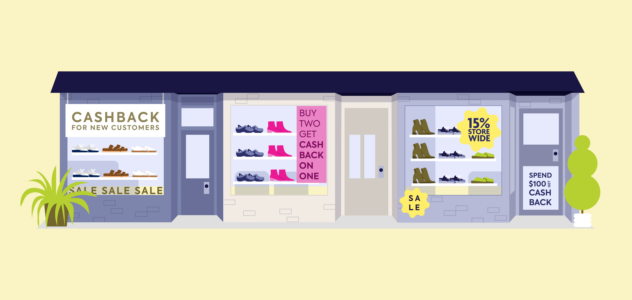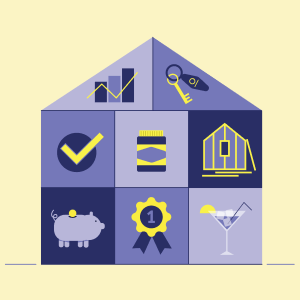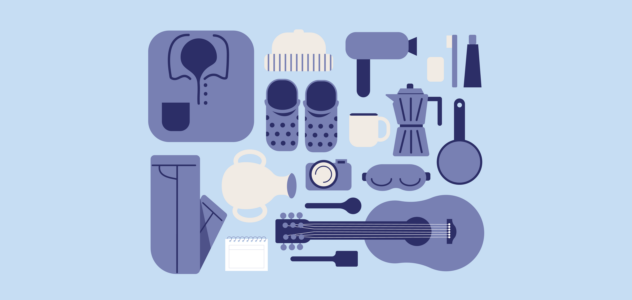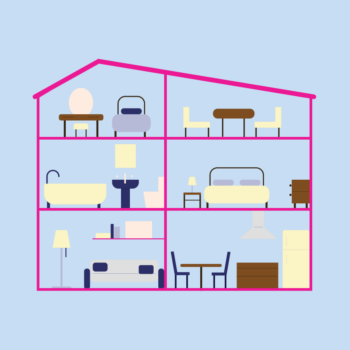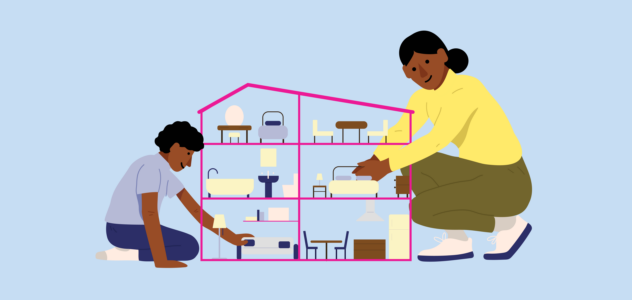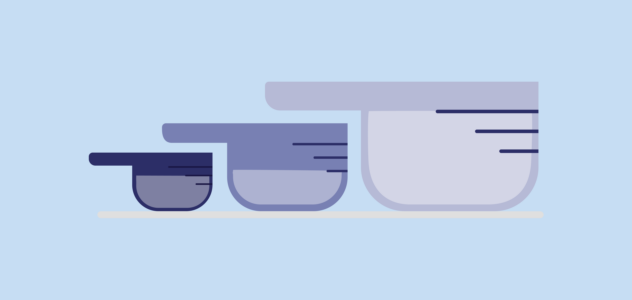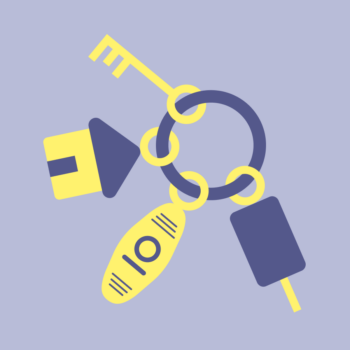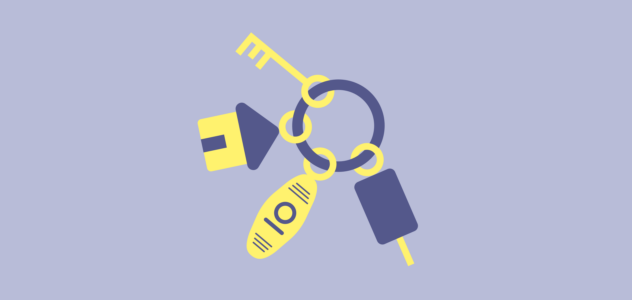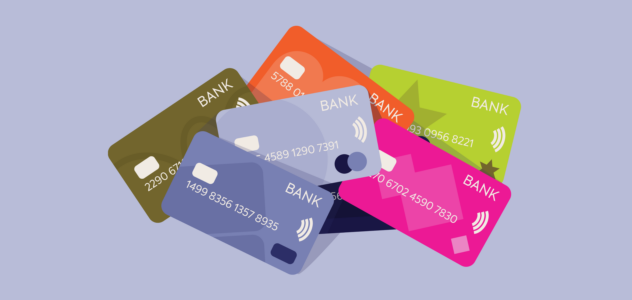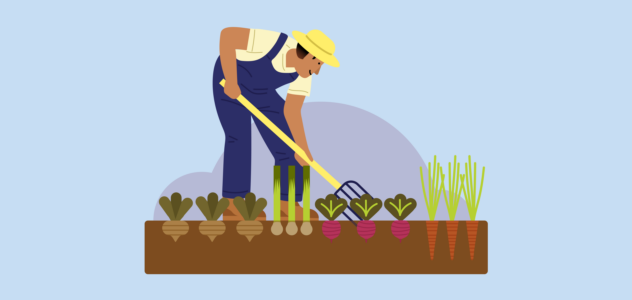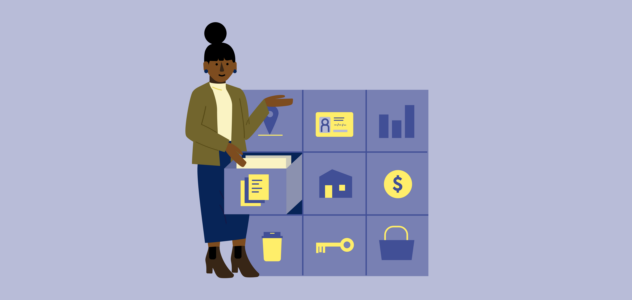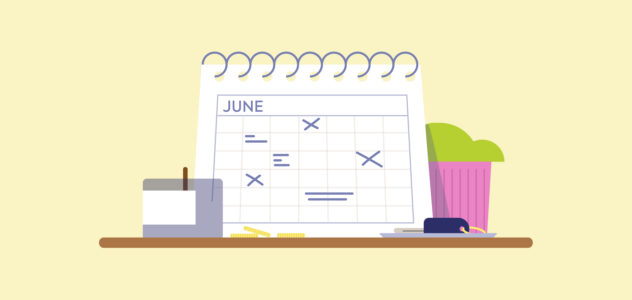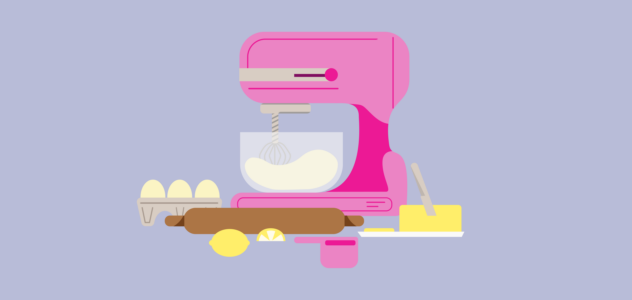Banks know a lot about banking. The average Aussie? Not so much.
Well, we have a confession to make, we were once bankers.
Knowledge is power. If you know how Aussie banks make their billions, it’s easier to avoid contributing too much to their bottom line.
Keep reading and you’ll see:
- How much money Australian banks made in 2019
- A simple way to explain how banks make money
- How you can avoid contributing too much to a banks bottom line
How much money did Australian banks make?
Australian banks make a lot of money. In 2019 the four major banks (Commonwealth, Westpac, ANZ and NAB) made a combined total of $27bn in cash earnings1.
Wow. That’s a lot of cheddar.
But we all knew that right? Banks make big bucks. Why do I need to know more?
Because that makes it easier to understand why bank products work the way they do and are priced the way they are priced.
And, the better you understand banking the easier it is to bank better and save.
What’s a simple way to understand how banks make money?
At its simplest, banks are like many other businesses. They buy something, transform it into something more useful, and then aim to sell it for more than it cost them.
A bank gets money from a few sources (called funding) and then lends that money to others. They pay less for their funding and the costs of running the business than they charge for their loans. And this accounts for most of a bank’s profits (the other big bit is fees, more on that soon).
Banks are big businesses and they have lots of staff, buildings and technology that they need to pay for to provide banking services. A banks operating expenses are roughly 50% of a banks income (49.7% in 2019 for the big 4)1. On top of these expenses, banks also need to cover the cost of loans that are not repaid.
So, where do banks get their funding from?
Banks get their funding from deposits, by borrowing it from other players in the market and from shareholder equity.
Roughly half of the deposits a bank uses for funding are retail deposits. These are the deposits from households and small and medium businesses. The other half is from wholesale deposits and this comes from large organisations like big companies, superannuation funds and the government.
So, when you deposit your paycheck or that present from grandma into your account you are helping banks be able to lend to other customers and you should be rewarded for that right?
Well, that’s what we think too.
But banks are trying to make money for their shareholders (mind melt, if you have superannuation, that’s probably you too!)
The less banks pay for funding (including from your deposits) the better it is for their bottom line. Similarly, the more they charge for lending (including your credit card and home loan) the better it also is for their bottom line.
As a general rule, and it’s an important one to remember, banks will want to pay less for deposits than they charge for loans.
How does this impact me?
Well, put simply, your objectives regarding interest rates will likely be the opposite of the banks.
Banks want to pay less for deposits – you want to get paid more.
Banks want to charge more for lending – you want to pay less.
So, you should chase a better deal? Well yes. That is important, but with a little more knowledge, there is a lot more you can do.
Banking both sides
Most Australians have a relationship with both the deposit and lending sides of banks. They will have money deposited (say, your salary, that present from grandma or your holiday savings) and they will have money they borrow (like a home loan or a credit card balance).
In this case, the interest rate offered from banks for deposits and loans is important but so is the amount you have on deposit versus on loan and – hot tip – sometimes you can change this.
Remember the general rule we discussed earlier? Banks will want to pay less for deposits (the money you put into the bank) than they want to charge for loans (the money you borrow from the bank).
So, when you have a deposit and a loan, you are (usually) earning less interest on the deposit than you are paying on the loan.
One example of how you can change this is by using your savings to pay off a loan.
Another example is holding savings in an offset account linked to your home loan to reduce the balance of your home loan for the purposes of calculating your interest charges.
At Finspo, we think of how you allocate your money across your loans and deposits as ‘cash flow’ management.
But what about bank fees?
We have talked a lot about how banks make money across funding and loans and this is the big one, but there is another chunk of change that banks make and that is from bank fees.
In 2019 Australians paid $12.3bn in bank fees. Of that, Australian households paid $3.9bn. That is an average of $425 per Australian household.
It’s a lot of money!
There are all sorts of different types of fees and we won’t go into them in too much detail here. But check out Finspo’s top tips to pay off your home loan faster to learn more.
Want to get up close and personal to the interest you’re paying on your home loan? Get started online, then chat to a Finspo home loan expert to see if you could be saving.
1 Source: EY Australian Major Banks’ Full Year Results 2019
Things you need to know: Information is current as at July 28th 2020. This information is general only and is not intended to include any recommendation or suggestion or constitute any financial product advice or credit assistance about any of the products referred to in this document. Please consider whether this information is right for you before making any decisions and seek professional independent tax or financial advice. Conditions and fees may apply.



